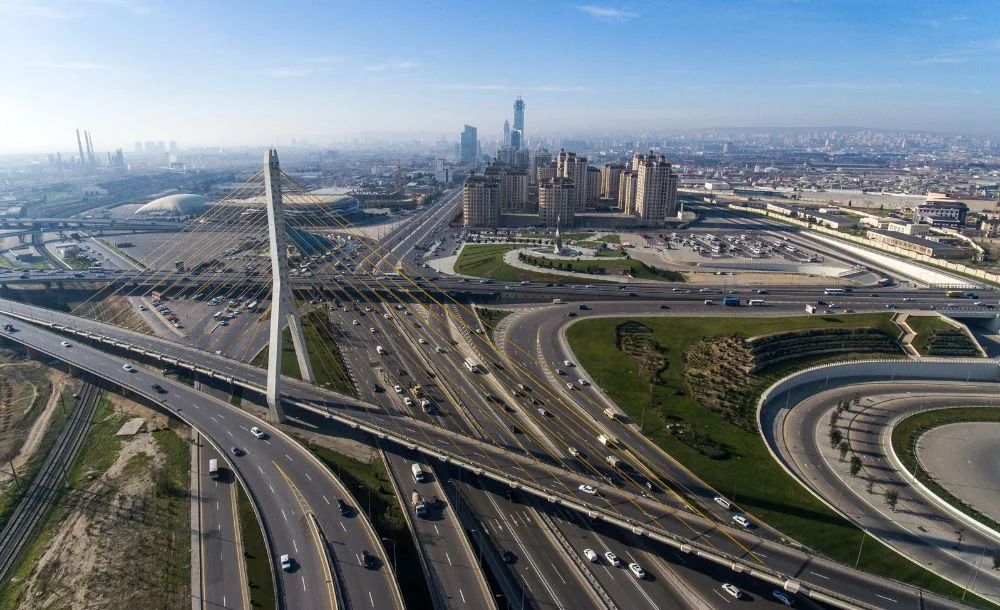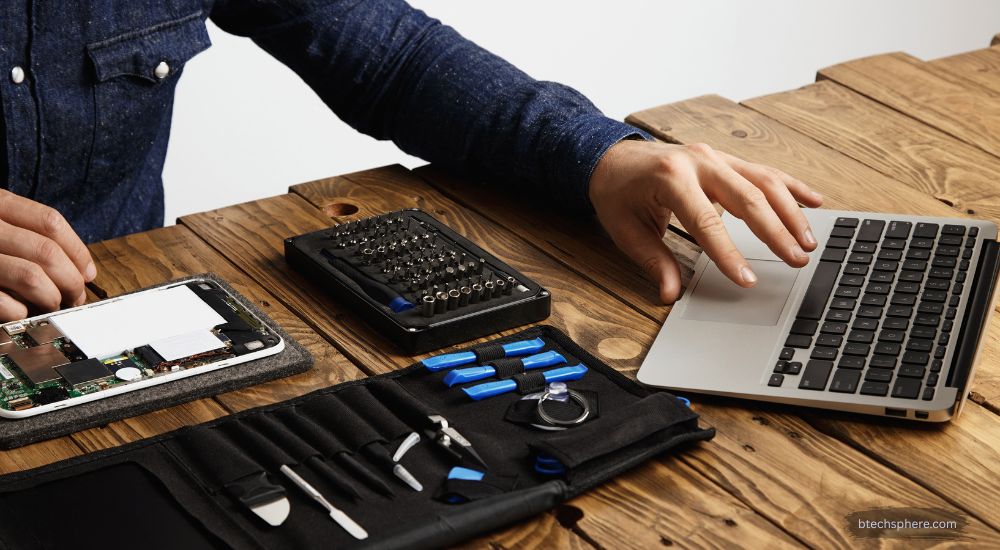The open road often carries with it a sense of freedom a peaceful blend of motion and stillness as miles unfold beneath a wide sky. For travelers venturing westward on Colorado’s Interstate 70, there’s more than just scenic beauty and winding paths to witness. The CDOT cameras I-70 westbound network, quietly observing from above, plays an important role in making these journeys safer, more informed, and gently guided. In this soft exploration, we’ll walk through what these cameras really offer, how they serve drivers and communities, and why they’ve become such a valuable thread in Colorado’s evolving transportation landscape.
A Quiet Companion on the Journey
As you make your way westbound on I-70, perhaps through the towering Rockies or the peaceful plains, it’s comforting to know that something is keeping watch not intrusively, but attentively. The Colorado Department of Transportation (CDOT) has placed a thoughtful network of traffic cameras along key segments of I-70 to offer real-time visuals of road conditions. These CDOT cameras aren’t about surveillance or control. They act more like gentle observers, ensuring that any changes in weather, traffic, or road hazards are quickly noticed and shared for the benefit of everyone.
What Exactly Are CDOT Cameras on I-70?
At first glance, the idea of highway cameras might sound impersonal, but in reality, they are practical tools with a very human purpose. The CDOT cameras I-70 westbound are part of an intelligent traffic system designed to help:
- Monitor road conditions in real-time
- Provide live updates to travelers
- Aid in quick response to accidents or emergencies
- Support safer decision-making during weather shifts
Unlike cameras meant for enforcement, these cameras don’t capture license plates or monitor driver behavior. Their role is purely to inform and assist an eye on the road for those who can’t be everywhere at once.
Traveling West the Calm Complexity of I-70
The westbound stretch of Interstate 70 in Colorado is as breathtaking as it is complex. From Denver to the Utah state line, the route passes through mountain passes, tunnels, valleys, and towns, each with its unique road demands. Conditions can shift dramatically from hour to hour sunny skies may quickly give way to snowfall, fog, or landslides. This is where the CDOT cameras I-70 westbound comes into their quiet power. Whether it’s a live feed of snow building up at Vail Pass or a traffic slowdown near Glenwood Springs, these cameras provide a clear view that empowers travelers to plan ahead with calm and confidence.
A Source of Calm for Commuters and Tourists
Not everyone using I-70 is just passing through. Many commuters rely on this highway to travel to work, school, or home. Tourists and road trippers also use it to reach ski resorts, national parks, and small towns. For all these groups, the CDOT camera feeds offer a small, steady reassurance. Imagine checking the camera feed on your phone or computer in the early morning before heading into the mountains. You see that snowfall has already begun near Eisenhower Tunnel, and chain laws are in effect. This simple moment of clarity can save hours of stress and bring a little peace to your journey.
How to Access CDOT Camera Feeds
The Colorado Department of Transportation makes these camera views freely available to the public. You can easily check live images from the CDOT cameras I-70 westbound through:
- COTrip.org – the official CDOT travel information portal
- CDOT Mobile App – designed for on-the-go updates and alerts
- Third-party navigation apps that pull in CDOT data
Most feeds are updated every few minutes and offer snapshots of road conditions at various points, especially near areas known for changing weather or heavy traffic.
Weather and the Watching Eye
Weather in Colorado can be as unpredictable as it is beautiful. The mountains may hold sunshine one moment and a winter squall the next. CDOT cameras help drivers stay ahead of the storm by offering a window into what’s happening right now, miles down the road. Especially in winter months, when icy roads and blowing snow make travel risky, these cameras provide a moment-to-moment picture that no forecast alone can offer. Skiers heading to Aspen or Breckenridge often rely on these feeds to know when to travel and when to wait.
Supporting Emergency Response with Grace
Though we often see only the peaceful aspect of travel, roads can be unpredictable. Accidents, breakdowns, or rockslides sometimes create dangerous situations. CDOT cameras play a quiet but crucial role in helping emergency teams respond faster and more accurately.
Dispatchers can view camera feeds to assess the scene, guide responders to the right location, and communicate clearly about the situation. This can reduce confusion, shorten delays, and most importantly, save lives.
A Tool for Planners, Not Just Drivers
While travelers benefit directly from these cameras, there’s another layer of their value city and highway planners. Engineers and transport specialists use CDOT cameras I-70 westbound to:
- Analyze traffic flow patterns
- Understand bottlenecks and road stress points
- Monitor construction zones in real time
- Plan future improvements with visual context
What might feel like a quiet image of a curve in the highway could be part of a larger effort to improve safety and reduce congestion for years to come.
Protecting Privacy and Purpose
In a world where digital eyes are everywhere, it’s fair to wonder how CDOT handles privacy. Fortunately, these traffic cameras are not focused on individuals. They don’t zoom in on faces or record identifying details. Their positioning is wide, neutral, and purely focused on public safety and traffic awareness. This soft boundary between helpfulness and privacy is carefully maintained, ensuring that technology serves without intruding.
A Gentle Technological Companion
While many technologies feel fast, flashy, or overwhelming, the CDOT cameras bring something different to the table. Their presence is quiet, functional, and respectful offering not disruption, but awareness. They let you breathe a little easier before hitting the road, knowing that you’re not alone in reading the signs of the highway ahead.
The Future of Roadway Visibility
CDOT continues to invest in expanding and upgrading its camera systems. With the rise of smart infrastructure, we may soon see these cameras integrated with AI-powered tools that can detect hazards in real time or help autonomous systems navigate better. Even then, the core of their presence will remain unchanged: to help people travel safely, make informed choices, and move through Colorado’s landscapes with quiet confidence.
Conclusion
here’s a certain comfort in knowing that as you move forward perhaps chasing the horizon or simply heading home there’s a quiet network of watchers on your side. The CDOT cameras I-70 westbound offers more than images. They offer peace of mind, informed decisions, and the silent assurance that someone, somewhere, is helping light your way. In a world of noise and rush, these quiet views on the move remind us that sometimes, safety begins with simply being seen.
FAQs about CDOT Cameras I-70 Westbound
Q: Are CDOT cameras live video or just still images?
Most CDOT cameras provide frequently refreshed still images (every few minutes), not continuous live video.
Q: Do I need an account to view the camera feeds?
No. You can freely access CDOT camera feeds through COTrip.org or the CDOT mobile app without signing up.
Q: Can I use these feeds for planning long trips across the state?
Yes. Many travelers use the camera views to plan road trips, ski visits, and mountain travel especially when weather is a concern.
Q: Are CDOT cameras used for issuing tickets or monitoring speed?
No. These cameras are not enforcement tools. They are solely used for monitoring traffic and road conditions.
Q: What areas of I-70 westbound are most covered by CDOT cameras?
Key segments include mountain passes, tunnels, and busy interchanges like Vail Pass, Eisenhower Tunnel, and Glenwood Springs.











